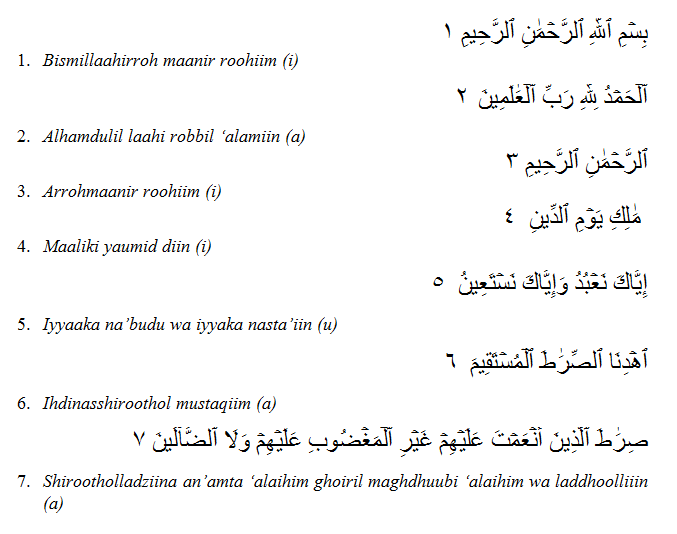Respiratory organs in humans
Breathing is a process for breathing in and exhaling air. When breathing, the individual breathes in the oxygen needed by the body to convert food juices into energy. The energy produced will be used to carry out activities and grow.
In addition to energy, the respiratory process also produces carbon dioxide or CO 2 . Carbon dioxide and water vapor that are not needed by the body, will be released when exhaling. During the process of breathing, there are several organs in the body that work, namely the nose, throat and lungs.
Nose and throat
The nose has two holes, and inside the nostrils there is nose hair and mucous membranes. When the individual breathes, air enters through the nostrils. Inside the nose, the air will be cleaned and warmed by nasal hair and mucous membranes.
Clean air will enter the windpipe or trachea. Then, it passes through the pharynx or pharynx and the larynx or larynx.
Lung
The trachea splits into two small tubes called branches of the throat or bronchi. This throat branch is connected to the lungs. The bronchi branch off again into smaller ones called bronchioles.
The right lung bronchi branched into 3 bronchioles, whereas in the left lungs branched into 2 bronchioles. At the tip of the bronchioles there are small air sacs called air bubbles or alveoli. Air exchange occurs in the alveoli, namely the release of carbon dioxide and the binding of oxygen by the blood.
How the human lung works in breathing
The lungs work by expanding and deflating through the movement of muscles between the ribs and diaphragm. Diaphragm is a muscle that limits the chest cavity and abdominal cavity. Based on the movement of muscles between bones, ribs and diaphragm known as two types of breathing, namely abdominal breathing and chest breathing.
Abdominal breathing occurs, if the diaphragm is flat, the chest cavity becomes loose so that air enters the lungs and if the diaphragm is curved upward, the chest cavity narrows so that air exits the lungs.
Chest breathing occurs, if the ribs are lifted, the chest cavity enlarges so that air enters the lungs, and if the ribs go down, the chest cavity narrows so that air comes out of the lungs.
Respiration in some animals
Breathing in animals is grouped into two, namely direct breathing and indirect breathing. Direct breathing is breathing carried out by animals by taking oxygen without using a special respirator. While indirect breathing is breathing carried out by animals by taking oxygen using a special respirator.
Fish are animals that have an indirect respiratory system, by using gills. Gills are thin sheets of pink and are always moist. Generally, there are gills on the head on the left and right. The outside of the gill is covered by the gill cover called the operculum, but not all gills have an operculum.
Each gill sheet consists of a pair of filaments, and each filament contains many thin layers or lamellae. In the filament there are many fine blood vessels. Fish breathing consists of two stages, namely inspiration and expiration. Inspiration stage is the stage where oxygen in the water enters the gills, then bound by blood capillaries to be transported to the parts of the body that need it.
The expiration stage is the stage where carbon dioxide is transported by blood from other parts of the body into the gills, then thrown out. Earthworms are an example of animals that have a direct respiratory system. This is due to the worms do not have respiratory organs, so they get oxygen directly through their skin and release carbon dioxide from the surface of the skin to the environment.
<!–
–>
